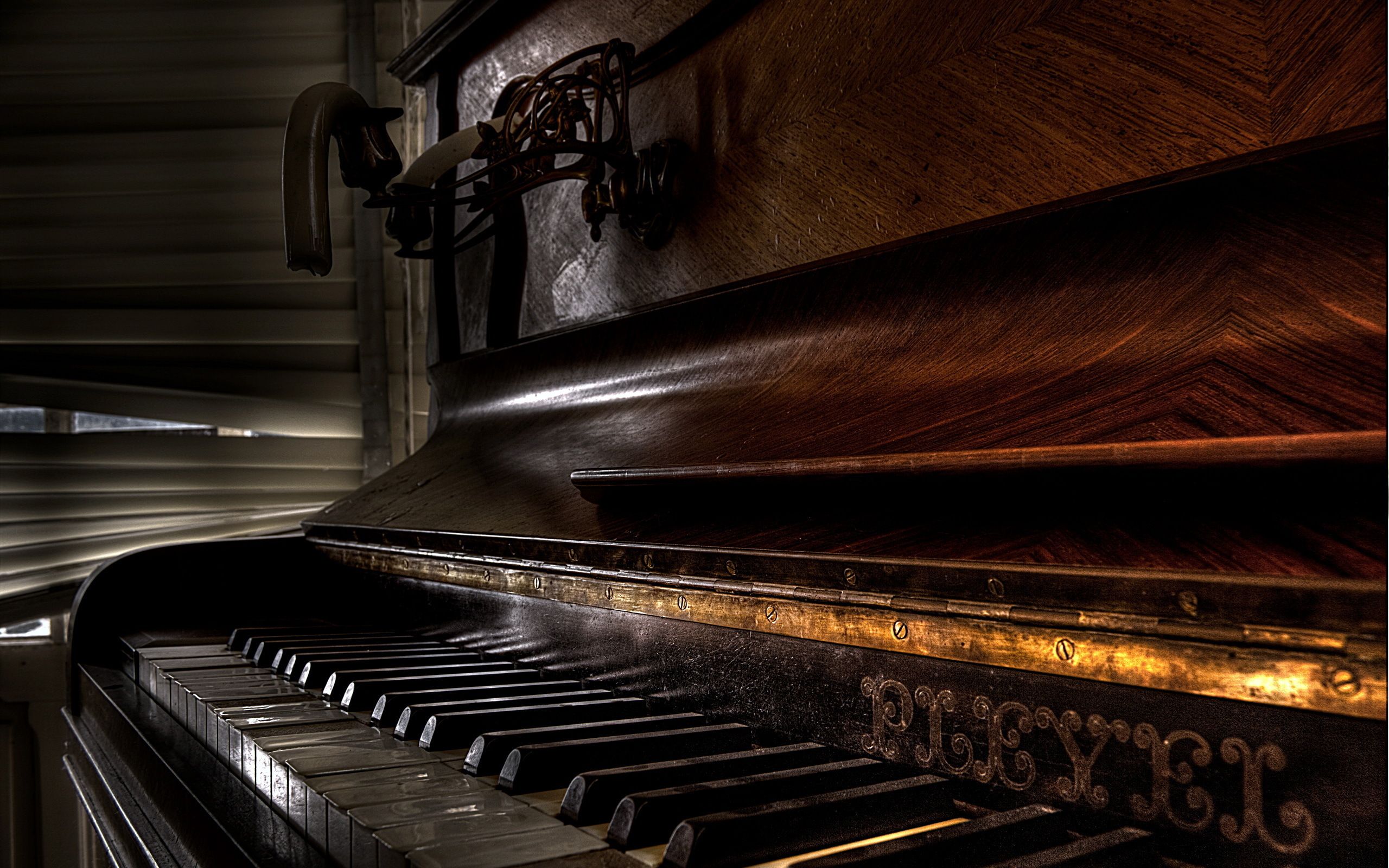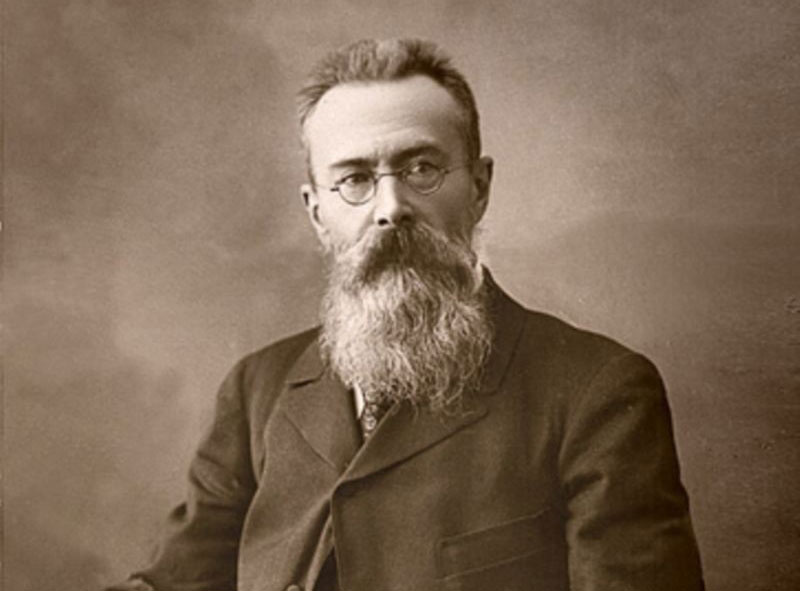Throughout the history of music, numerous instruments have captivated audiences with their melodious sounds and unique qualities. Among these extraordinary inventions stands the magnificent piano, an instrument that has mesmerized generations of musicians and listeners alike. In this blog post, we embark on a journey through time to explore the fascinating story behind the invention of the piano and its evolution into the beloved instrument we know today. To fully appreciate the piano's creation, we must first travel back to the Baroque period. During this time, the harpsichord reigned supreme as the primary keyboard instrument. With its plucked strings and limited dynamic range, the harpsichord produced a beautiful but mechanically uniform sound. Yet, musicians yearned for an instrument capable of expressing a wide range of emotions with greater nuance.
In the world of classical music, there are composers whose works continue to captivate audiences even long after their time. One such luminary is Nikolai Rimsky-Korsakov, a legendary Russian composer, conductor, and teacher. Rimsky-Korsakov's musical genius and his significant contributions to the realm of orchestral music have secured him a permanent place in the annals of music history. Let's delve into the life and legacy of this remarkable composer.
Richard Wagner's passion for music blossomed at an early age. Growing up in a theatrical family, he was exposed to the arts from the start. Although his father died when he was just a child, the young Wagner found solace in music, teaching himself to play the piano and composing his first pieces. His talent caught the attention of his family, and he received formal musical training at the Leipzig University and later at the Dresden University of the Arts.
The piano is a keyboard instrument that has a long and rich history of innovation and evolution. It is widely regarded as the most popular and versatile musical instrument in existence, capable of producing a wide range of sounds and expressions. The piano's invention is attributed to Bartolomeo Cristofori (1655-1731), an Italian harpsichord maker who devised a new mechanism that allowed the player to control the volume and dynamics of the sound by varying the force of the key strike . He called his invention "gravicembalo col piano e forte", or "harpsichord with soft and loud" .
Dvorak - Short Biography
vořák was born in Nelahozeves, a Bohemian village on the Vltava River north of Prague. He came to know music early, in and about his father’s inn, and as a youngster became an accomplished violinist contributing to the amateur music-making that accompanied the dances of the local couples.
The Story Behind "Canon In D Major" by Pachelbel
Like his other works, Pachelbel's Canon went out of style, and remained in obscurity for centuries. A 1968 arrangement and recording of it by the Jean-François Paillard chamber orchestra gained popularity over the next decade, and in the 1970s the piece began to be recorded by many ensembles; by the early 1980s its presence as background music was deemed inescapable. From the 1970s onward, elements of the piece, especially its chord progression, were used in a variety of pop songs. Since the 1980s, it has also found increasingly common use in weddings and funeral ceremonies in the Western world.
#pachelbel
#classicalmusic
#orchestra
Verdi - Short Biography
Giuseppe Fortunino Francesco Verdi (10 October 1813 – 27 January 1901) was an Italian composer best known for his operas. He was born near Busseto to a provincial family of moderate means, receiving a musical education with the help of a local patron. Verdi came to dominate the Italian opera scene after the era of Gioachino Rossini, Gaetano Donizetti, and Vincenzo Bellini, whose works significantly influenced him.
#verdi
#classicalmusic
#orchestra
The Story Behind "The Nutcracker" by Tchaikovsky
The story of The Nutcracker is loosely based on the E.T.A. Hoffmann fantasy story The Nutcracker and the Mouse King, about a girl who befriends a nutcracker that comes to life on Christmas Eve and wages a battle against the evil Mouse King. Hoffmann’s story is darker and more troubling than the version that reached the stage; the Imperial Russian Ballet choreographer Marius Petipa chose to follow a light adaptation of the story written by Alexandre Dumas père.
#classicalmusic
#tchaikovsky
#orchestra
The Story Behind the Symphony No. 5 by Beethoven
Beethoven was already growing deaf when he started his fifth symphony in 1804. He began working on it short after finishing his third symphony. Even so, he was working on so many other works at the time, it took him four years to complete it. It wasn’t just the other projects; he was also a notorious editor of his work.
#beethoven
#classicalmusic
#symphony








